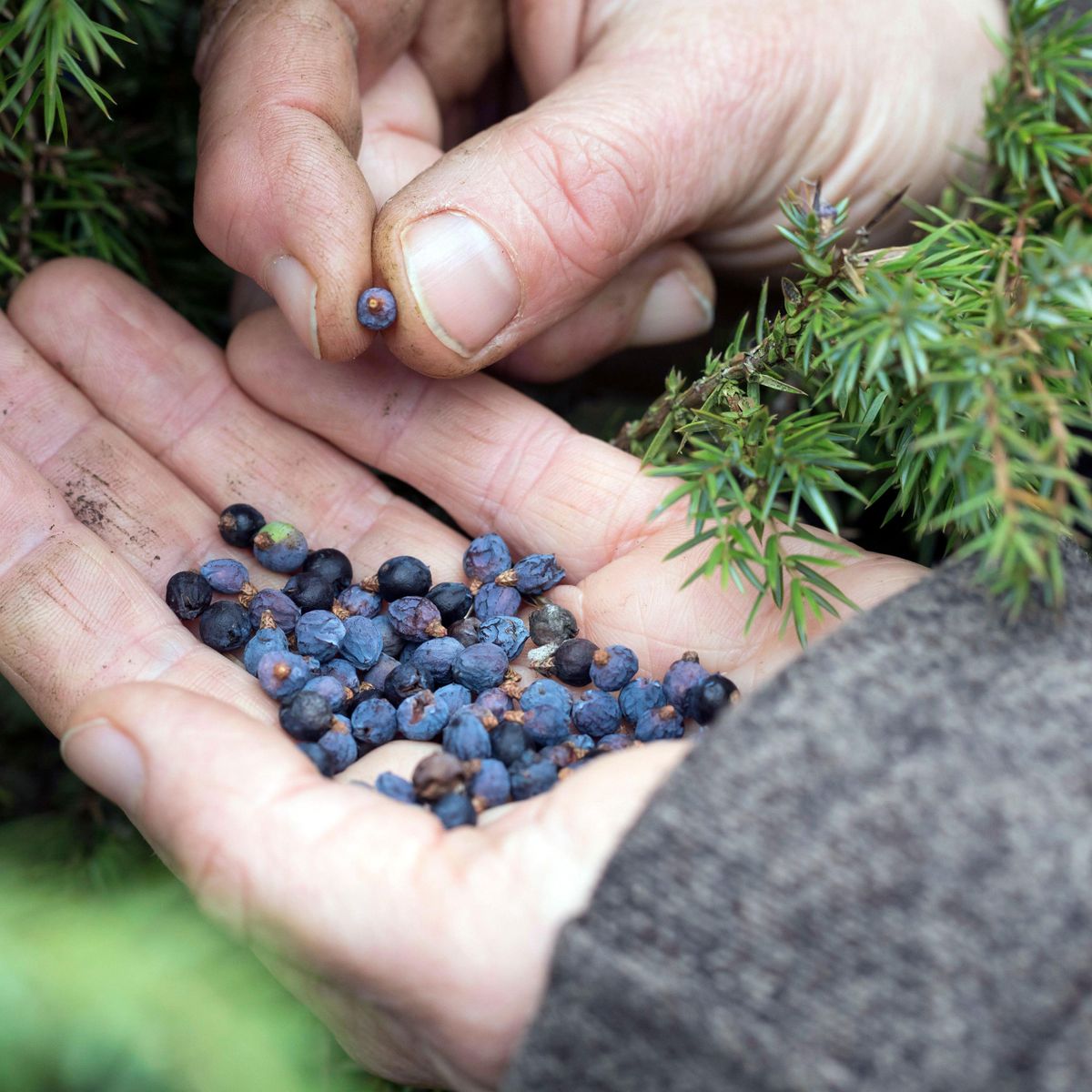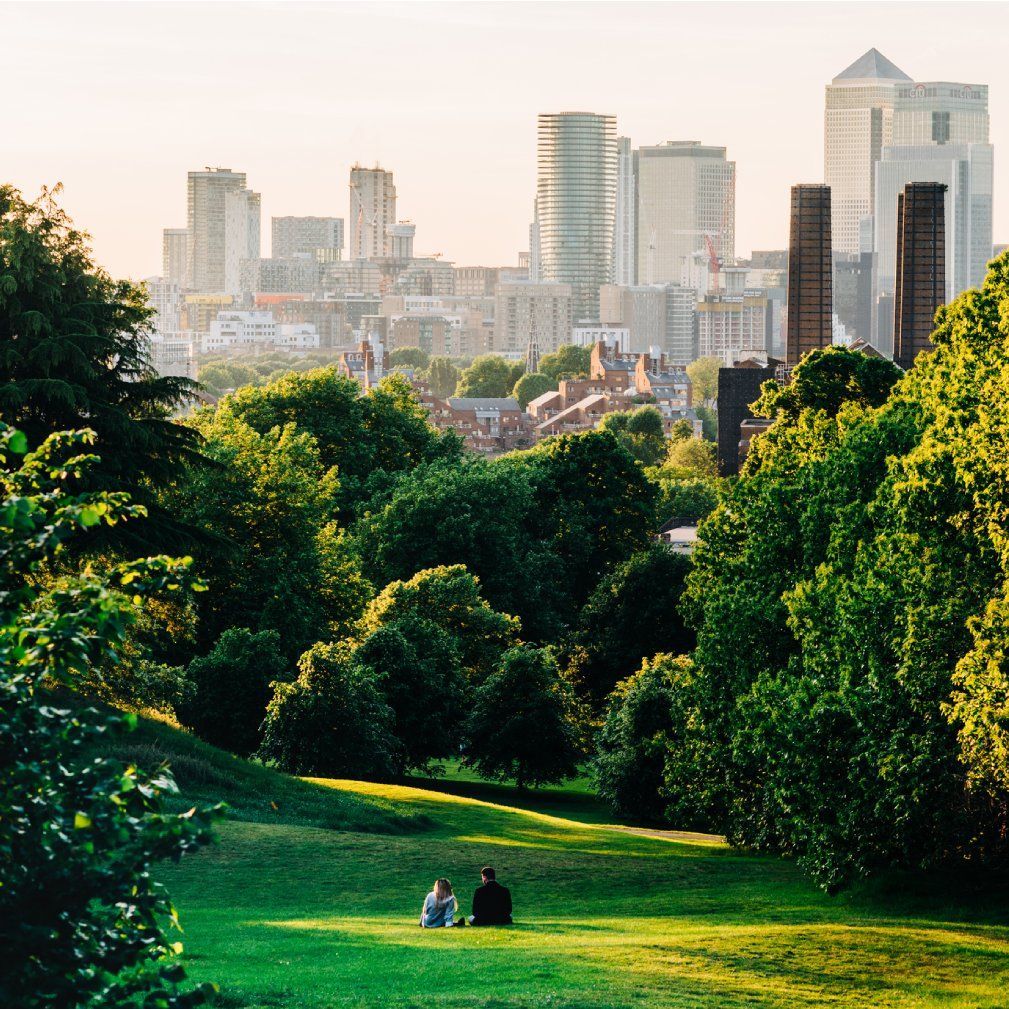The hibiscus is one of the many popular flowering shrubs in modern gardens (Hibiscus spp.).
Sometimes referred to as hardy hibiscus, tropical hibiscus, rose of Sharon, or rose mallow, this rather large genus is well known for its beautiful blooms, which are edible and can be candied or made into tea.

But as wonderful and hardy as this genus is, many growers have problems successfully getting their plants to flower.
Bud drop is a common concern, but thankfully it’s easy to prevent once you know the causes and how to fix them.
Why Are My Hibiscus Buds Dropping or Falling Off?
Three are several potential reasons your plant’s buds are failing to bloom.
Here is everything you need to know about why your hibiscus may lose its flower buds.
Where Does Hibiscus Comes From?
One of the most important things people tend to forget about plants is their origin.
We constantly take plants out of their natural environmental conditions and try to grow them in conditions they might not be well adapted to.
Hibiscus is a tropical plant that can be grown outdoors in USDA hardiness zones 5 to 11, but the further north you go, the more difficult it can be for your hibiscus to enjoy a full growing season.
In fact, sudden or drastic environmental changes can make up for the bulk of reasons why your hibiscus is having trouble at bloom time.
These changes aren’t always apparent, and a lot of it has to come down to the plant’s history of life in mostly tropical and subtropical regions.
Some species dislike cold weather, some hate wet weather, and others come from temperate regions and dislike intense heat.
Knowing where your hibiscus species or cultivar comes from can go a long way in ensuring it will get the growing conditions it needs most to thrive.
Common Causes of Hibiscus Bud Drop
As mentioned, environmental issues make up the bulk of problems connected with bud drop.
But let’s get into some more detail about these conditions and what might cause them.
Infections or Infestations
While infections and infestations sound very different, the two often go hand-in-hand.
For example, the honeydew produced by an aphid infestation will attract powdery mildew spores, and root rot attracts fungus gnats.
Some diseases, such as root rot or viral infections, can result in bud drop and many other symptoms.
Likewise, a severe infestation can make a plant sick and result in flower bud drop, even if that pest doesn’t target the buds directly.
One example of infestation that affects hibiscus is the gall midge. Its larvae typically feed inside the flower bud, causing it to drop. Other examples of insect pests that cause hibiscus blooms to drop off include thrips.
Low Humidity
This is an issue that can hit some hibiscus plants harder than others.
More tropical species can require a much higher humidity level, often 60 to 70% percent.
Poor humidity can dry out your plants faster and is known to result in bud drop and other major health issues.
Malnutrition
Not everyone can thrive on the same diet, but different plants require different diets.
Phosphorus is one of the big kickers because most plants need more of this for healthy blooms.
However, hibiscus doesn’t need much phosphorus, and using bloom boosters, or other high-phosphorus fertilizers can result in bud drop.
You will also want to ensure your plant gets enough calcium and potassium but moderate the amount of nitrogen.
An imbalance in any of these four nutrients can result in bud drop and other nutritional symptoms.
Poor Lighting
Photosynthesis sounds amazing on paper, but it’s actually quite inefficient.
If your plant isn’t getting the right amount of light, the process won’t work right, and your plant will redirect all of its resources to its foliage in an attempt to correct the problem.
This means that buds and blooms will be cut off from their basic needs, and the plant will discard them as a survival instinct.
Poor Watering Techniques
Plants are a lot like people when it comes to drinking: sometimes, they feel a little more thirsty than they do at other times.
When you don’t give your tropical hibiscus enough water, the plant will dehydrate and need to allocate resources to keep itself alive.
This means it will prioritize its foliage, and the more demanding buds will dry up and fall off.
Likewise, too much water because of heavy rainfall or overwatering can cause yellow leaves, bud drop due to a resource shortage.
In this case, the excess water leaches nutrients from the soil and interferes with a plant’s ability to absorb the remaining nutrients.
Even worse, the moisture could lead to root rot, which makes it even harder for the plant to obtain water and nutrients.
As with dehydration, the plant will allocate resources towards staying alive, resulting in the buds failing when there’s insufficient watering.
Sudden Environmental Changes
This most commonly happens during transplant shock but can also happen if some environmental factor suddenly changes.
Placing a hibiscus plant too close to an air conditioner, vent, or other draft sources can shock its system and cause it to lose buds.
Outdoors, sudden heat waves, or extreme temperature changes can produce similar effects.
While there are some variations, most hibiscus plants need a temperature range of 65 to 95° degrees Fahrenheit to thrive.
Anything above or below that can stress your plant or even damage it.
Preventing Bud Drop
ALWAYS Do Your Homework
The single best way to avoid problems such as bud drop is to do some research on your plants.
Every species of hibiscus has its own specific care needs, and cultivars may vary in what they need from their parent plant.
By identifying your plant and looking up the exact care instructions, you can avoid a huge range of potential pitfalls, from bud drop to pest and disease issues.
Check Your Lighting
Keep an eye on how much light your hibiscus is getting, especially during the winter. Hibiscus plants need a lot of sunlight to bloom. They will thrive best when grown in full sun to partial shade.
If you live in a climate that does not get a lot of sun, you may need to use grow lights to give your hibiscus the light it needs.
You may also wish to take an indoor hibiscus outside for the summer, although you must first harden it off.
Doing so will allow your hibiscus plant to have excellent growth and flower production.
Disease and Pest Control
It’s important to deal with any signs of insect infestation or infection quickly and decisively.
The faster you eliminate these problems, the less likely your plant’s buds and colorful blooms will suffer. You can use organic insecticides or fungicides once a week to address the problem. A liquid systemic insecticide will also work well in killing the larvae of the insect pests.
Taking proper care of your hibiscus plants will greatly reduce the risk of them becoming ill or attracting common pests, but there is always a small risk.
Consider using preventatives such as a neem soil soak to help your hibiscus plants deal with these problems as soon as they try to attack your plants.
Healthy Plant Diets
The exact NPK your hibiscus will need depends on the species or cultivar. Remember, they are heavy feeders, so you have to ensure you’re feeding them enough to prevent nutritional deficiencies.
However, a general rule is to give your plant a fertilizer with high potassium, moderate nitrogen, and low phosphorus. More on choosing the right hibiscus fertilizer.
One example of an NPK that can be used for certain hibiscus species is 17-4-24.
You may also need to supplement your hibiscus with calcium. This can easily be done using agricultural lime (AgLime) or eggshell tea.
Humidity Control
Be sure to check how much humidity your particular hibiscus plant will need.
You can check the humidity using a hygrometer (not to be confused with a hydrometer).
Likewise, smartwatches and many digital clocks can display the current humidity of your room.
If the humidity is too low, consider giving your hibiscus a pebble tray or its own personal humidifier.
Just be careful not to make it too humid, or a fungal infection might attack your hibiscus flower.
Practice Proper Watering Techniques
You should never water your plants based on a calendar, as there will be times they need more or less water.
Instead, practice proper hibiscus watering techniques to know when and how much water your plants need. During very hot, dry weather, regular watering is a must.
You can test the amount of moisture in the soil by three methods: digitally, using the finger trick, or using a popsicle stick.
The finger technique takes advantage of the fact that the average adult index finger is approximately 1” inch long between each knuckle and the tip to the first knuckle.
This means your finger is a built-in 3” inch ruler. Simply stick it straight down in the soil to the desired depth, and if you feel dampness, it’s not time to water yet.
The exact depth you will need to check varies from one species to another, but most plants will need to be watered when the soil has dried to a depth of about 1″ to 2” inches.
The popsicle stick method works the same way as the finger method.
Make markings on the stick in ½” inch intervals to serve as a ruler.
Stick the popsicle stick straight down in the soil to the desired depth and allow it to sit for 20 minutes.
When you pull the stick back out, it will be darker where moisture is present.
Once you know it’s time to water your plants, you can use either the soak-and-dry method or the bottom-up method for great results every time.
For soak and dry, pour the water close to ground level nice and slow so the soil absorbs it instantly.
Work your way around the plant, going slowly and evenly until the ground begins to have trouble keeping up or you see moisture coming from the drainage holes.
For the bottom-up method, sit your potted plant in a shallow water tray and allow it to sit for about 20 minutes, adding water to the tray as needed.
The plant will be fully watered when the soil surface feels slightly damp. Remember to ensure evenly moist soil to prevent more hibiscus bud drops.
Preventing Sudden Environmental Shifts
It’s always best to give your hibiscus a little shelter from the west and north, so major weather changes are less likely to affect it.
Trees and other sources of shelter will help buffer against winds and other weather elements.
If you are expecting a sudden cold front or heat wave, consider bringing your hibiscus inside if you can.
Likewise, if you plan to take your hibiscus outside in warm weather, harden it off first.
This involves bringing it outside in a somewhat sheltered spot for an hour or two, then a little longer the next day, and so on, until the plant has had a chance to adjust to the changes.
Finally, always keep your indoor hibiscus plants away from sources of sudden drafts or temperature shifts, such as vents, air conditioners, or doors that are frequently opened and closed.
Final Notes
There are a lot of things that can lead to your hibiscus plant dropping of blooms, but don’t be intimidated.
Almost all of these causes can be avoided simply by properly caring for your hibiscus plant and doing any necessary research to ensure you know what your particular hibiscus plant needs.
Proper watering, feeding, pest control, and repotting a potted specimen regularly can reduce the risk of bud drop to practical nil, and your plant will thank you for it.











